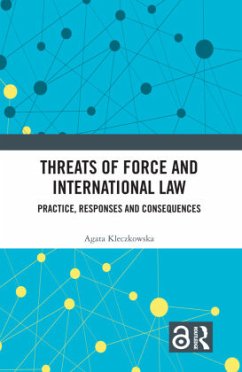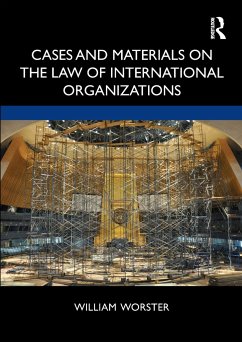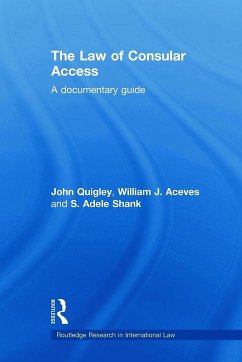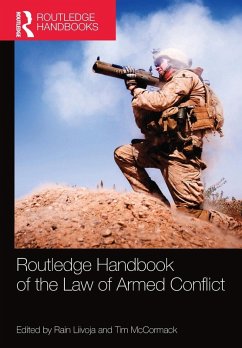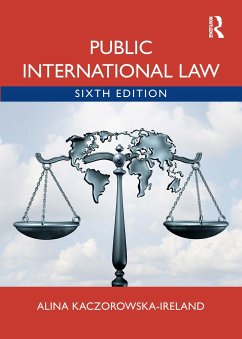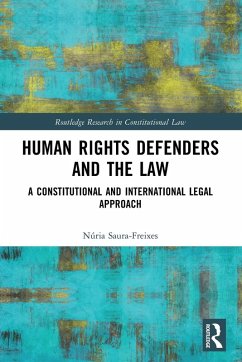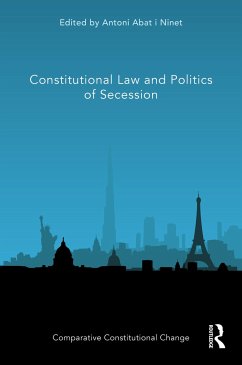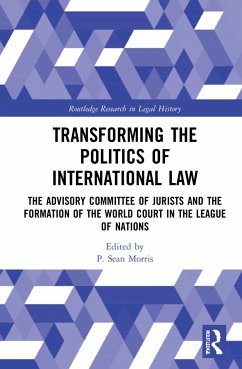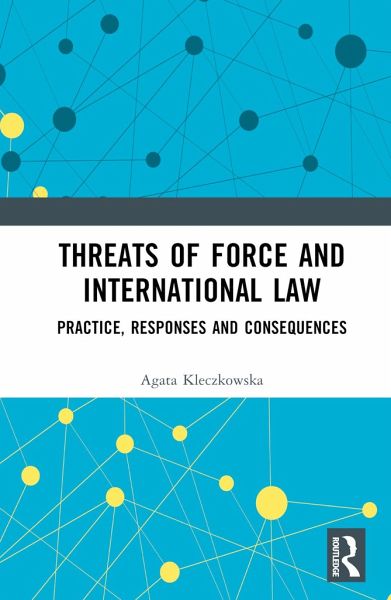
Threats of Force and International Law
Practice, Responses and Consequences
Versandkostenfrei!
Versandfertig in 6-10 Tagen
149,99 €
inkl. MwSt.
Weitere Ausgaben:

PAYBACK Punkte
75 °P sammeln!
Threats of force are an inherent part of communication between some States. One prominent example is the 2017-2018 crisis in relations between the United States and North Korea, marked by multiple threats issued by both sides. Yet, despite the fact that States seem to use threats of force with unlimited freedom, they are prohibited by international law. This book presents threats of force from the perspective of the practice of States. Thus, the book is based on an examination of multiple cases when States reported threats of force. It describes what threats of force are, examines the status o...
Threats of force are an inherent part of communication between some States. One prominent example is the 2017-2018 crisis in relations between the United States and North Korea, marked by multiple threats issued by both sides. Yet, despite the fact that States seem to use threats of force with unlimited freedom, they are prohibited by international law. This book presents threats of force from the perspective of the practice of States. Thus, the book is based on an examination of multiple cases when States reported threats of force. It describes what threats of force are, examines the status of the prohibition of threats of force as a legal norm, presents examples and describes the mechanisms that are available for States in case threats occur, as well as their legal consequences. The book will be an invaluable resource for academics and researchers in the areas of international security law, public international law, law of armed conflict and international relations.
The Open Access version of this book, available at http://www.taylorfrancis.com, has been made available under a Creative Commons Attribution (CC-BY) 4.0 license.
The Open Access version of this book, available at http://www.taylorfrancis.com, has been made available under a Creative Commons Attribution (CC-BY) 4.0 license.





